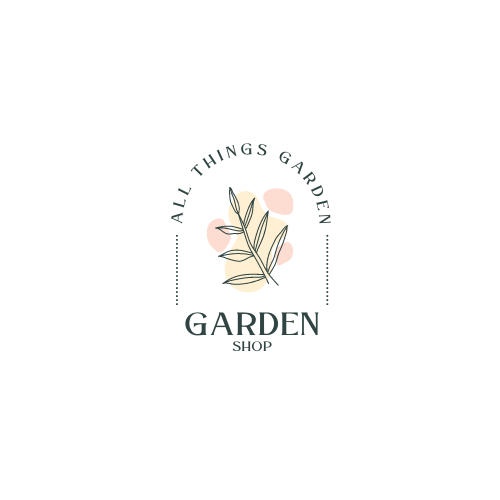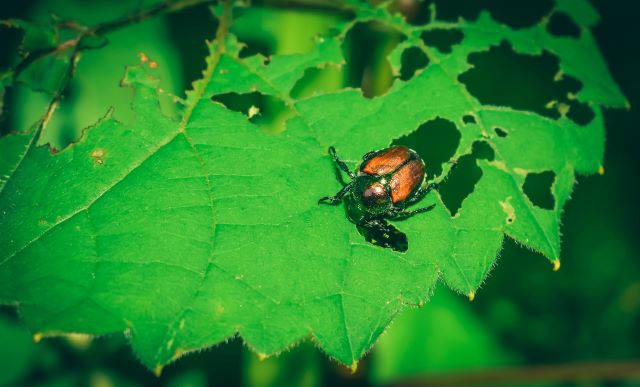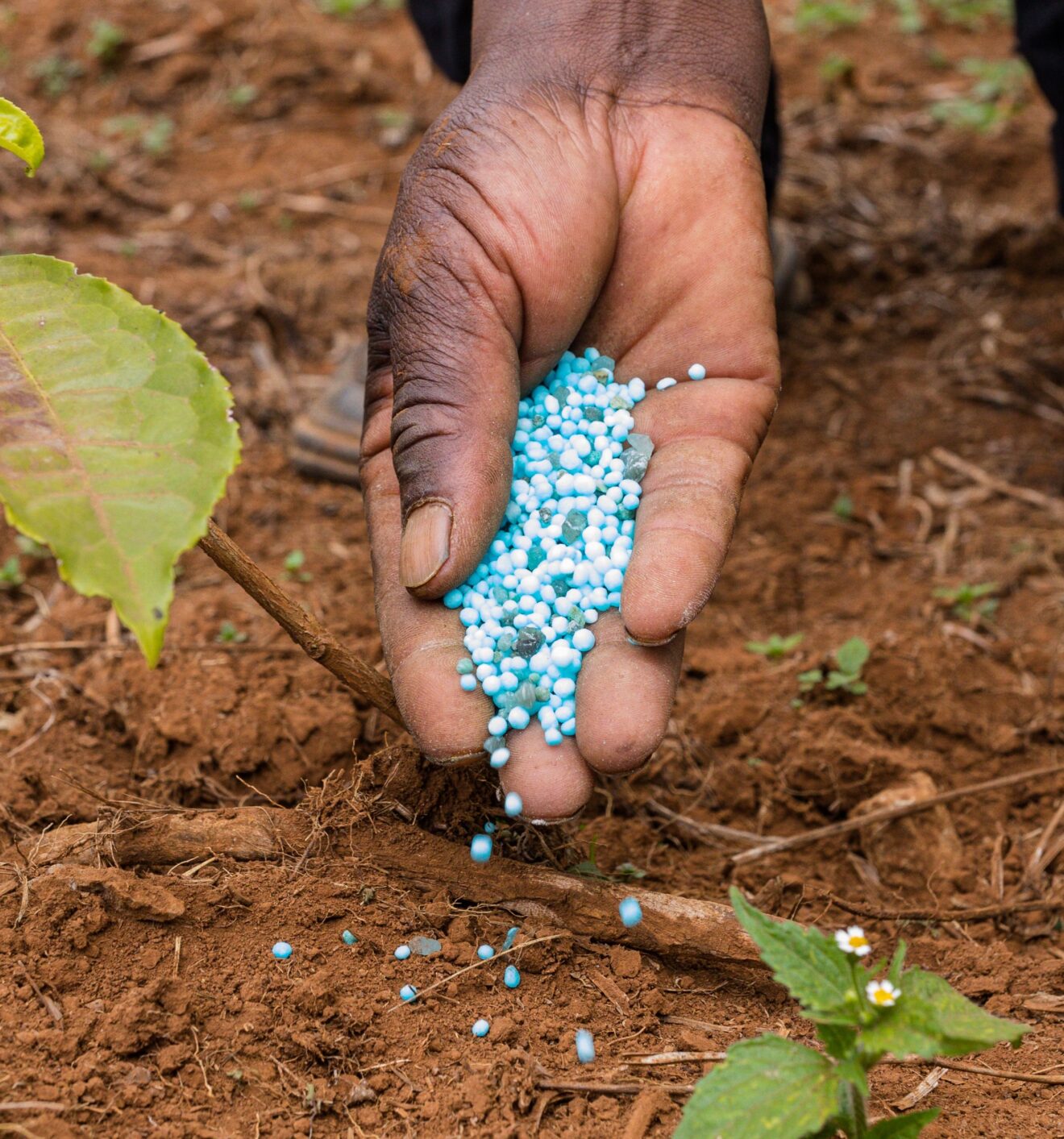Thanksgiving, a time for gratitude and celebration, isn’t just about the sumptuous meals but also embracing nature’s beauty. Imagine a Thanksgiving celebration nestled in a vibrant garden—a living canvas painted with autumnal hues, blooming flowers, and the season’s final harvest. Let’s explore the charm and significance of a Thanksgiving garden, adding depth and appreciation to this cherished holiday season.
The Essence of Thanksgiving Gardens
Thanksgiving gardens are tributes to the season’s abundance—a living display of gratitude for nature’s gifts. They blend rich autumnal colors, blooming flowers, and the last harvest of fruits and vegetables. These gardens symbolize the earth’s generosity and the cycle of life.
Crafting Your Thanksgiving Garden
Start by capturing the essence of fall. Include vibrant chrysanthemums, fiery marigolds, and the rustic appeal of ornamental kale. Add ornamental grasses for texture and movement. Integrate elements like pumpkins, gourds, and cornstalks for a rustic, authentic feel.
Symbolism in Plantings
Each plant holds deeper meaning. Sunflowers symbolize adoration, while lavender embodies tranquility. Incorporating these plants adds both beauty and significance to your garden.
Nurturing Gratitude
Tending to a Thanksgiving garden fosters a connection with nature and encourages gratitude. Caring for plants reminds us to appreciate the world’s beauty and the gifts it offers.
A Nature-Inspired Celebration
Imagine Thanksgiving gatherings amid your garden’s serenity. An outdoor space set amidst this natural splendor offers a picturesque setting for heartfelt conversations and cherished memories.
Conclusion: Cultivating Gratitude Through Nature
A Thanksgiving garden goes beyond plants; it’s a living expression of thankfulness. It invites us to pause, appreciate, and celebrate the world’s abundance. As we nurture our gardens, we nurture our hearts, fostering gratitude for the beauty and gifts around us.
Consider embracing a Thanksgiving garden—a living tribute that enriches the holiday, reminding us of the beauty and bounty to be grateful for.
#ThanksgivingGardens #Nature’sGratitude #HarvestCelebration #SeasonalBeauty 🍂🌻
Your garden is a sanctuary of beauty, hard work, and growth. But, lurking in the foliage and beneath the soil, there are adversaries that can turn your gardening dreams into a nightmare. We’re talking about garden pests, the uninvited guests who can wreak havoc on your plants and disrupt the harmony of your green haven. In this article, we’ll introduce you to some of your worst garden enemies, how to identify them, and methods to defend your garden against their destructive tendencies.
1. Aphids (Aphidoidea)
Aphids are tiny, soft-bodied insects that feed on the sap of plants. They reproduce rapidly and can quickly infest your garden. Look for clusters of small, pear-shaped insects on the undersides of leaves. Aphids can cause wilting, yellowing, and curling of leaves.
2. Slugs and Snails (Gastropoda)
Slugs and snails are notorious for their appetite for young, tender plants. These slimy creatures feed on leaves, leaving behind ragged holes and damage. They are active during the night and on damp days, making them challenging to spot.
3. Caterpillars
Caterpillars, the larval stage of moths and butterflies, can devour foliage, flowers, and fruits. While some caterpillars are harmless, others, like the tomato hornworm, can cause significant damage. Look for leaf-chomping and frass (insect droppings) as signs of their presence.
4. Deer
Deer are charming, graceful creatures, but in your garden, they can be destructive herbivores. They feed on a variety of plants and can quickly strip your garden of its beauty. Fencing is often the most effective way to keep them at bay.
5. Rabbits
These small mammals have a voracious appetite for garden plants. They nibble on tender shoots and can severely damage your garden. Installing rabbit-proof fencing is a common defense.
6. Whiteflies (Aleyrodidae)
Whiteflies are tiny, white insects that resemble moths. They feed on the undersides of leaves, sucking out plant juices. Their feeding can lead to yellowing, stunted growth, and the transmission of plant diseases.
7. Japanese Beetles (Popillia japonica)
Japanese beetles are known for their voracious appetite and the damage they inflict on a wide range of plants. They leave skeletonized leaves in their wake and can be particularly destructive during their summer feeding frenzy.
Defense Strategies
Companion Planting: Some plants naturally repel pests. Consider planting marigolds, chrysanthemums, or garlic near susceptible plants.
Handpicking: For larger pests like caterpillars, slugs, and snails, handpick them off your plants and dispose of them.
Beneficial Insects: Encourage beneficial insects like ladybugs, lacewings, and parasitic wasps, which feed on garden pests.
Natural Predators: Attract birds, frogs, and toads to your garden, as they are natural predators of many pests.
Row Covers: Use row covers to protect your plants from pests like aphids and whiteflies.
Organic Sprays: Consider using organic insecticidal soaps or neem oil to control garden pests.
Remember, in the battle against garden pests, it’s essential to strike a balance. While you want to protect your plants, it’s also crucial to maintain a healthy ecosystem in your garden. By identifying your worst garden enemies and employing effective defense strategies, you can preserve the beauty and vitality of your garden, ensuring it remains the sanctuary you’ve worked so hard to create.
Fertilizer is the lifeblood of any garden, but the type you choose can significantly impact the outcome, depending on whether you’re cultivating a food garden or an ornamental garden. In this article, we’ll explore the key differences between fertilizing for food production and ornamental gardens and provide insights to help you make the right choice for your specific gardening goals.
Fertilizing for Food Production
In a food garden, the primary objective is to cultivate crops for consumption. Here are some key considerations for fertilizing in a food production setting:
- Nutrient Balance: Food crops require a balanced combination of essential nutrients, including nitrogen, phosphorus, and potassium (N-P-K). To promote healthy growth and a bountiful harvest, select fertilizers with an N-P-K ratio that matches the needs of the specific crops you’re growing.
- Organic or Synthetic: You can choose between organic and synthetic fertilizers. Organic options, such as compost, manure, and fish emulsion, are preferred by many food gardeners for their ability to improve soil health and long-term sustainability.
- Soil Health: Maintaining fertile and healthy soil is critical for food production. Consider using organic matter to enhance soil structure, water retention, and microbial activity. Crop rotation and cover cropping can also help prevent nutrient depletion.
- Seasonal Application: Fertilizer application schedules should align with the growing stages of your crops. For instance, nitrogen-rich fertilizers are vital during the vegetative growth phase, while phosphorus-rich options support flowering and fruiting.
Fertilizing for Ornamental Gardens
Ornamental gardens are designed for aesthetics, featuring flowers, shrubs, and decorative plants. Fertilizing in this context comes with its own set of considerations:
- Balanced Growth: Ornamental plants typically require a more balanced N-P-K ratio to promote healthy foliage and vibrant blooms. Look for fertilizers labeled for ornamental use.
- Slow-Release Fertilizers: In ornamental gardens, slow-release fertilizers are often preferred. They provide a steady supply of nutrients to plants, promoting even growth and preventing excessive, rapid growth.
- Specialized Formulations: Some ornamental plants, like roses or azaleas, may have specific fertilizer requirements. Research the needs of your specific plants to choose the right fertilizer.
- Frequency of Application: Ornamental gardens often benefit from periodic, light applications of fertilizer throughout the growing season. However, it’s essential not to over-fertilize, as excessive nutrients can lead to leggy growth or reduced flower production.
In conclusion, whether you’re tending to a food production garden or an ornamental paradise, the choice of fertilizer plays a crucial role in the success of your garden. Understanding the specific needs of your plants and the goals of your garden will help you make informed decisions when selecting and applying fertilizer. By tailoring your approach to the unique demands of your garden, you can ensure a flourishing and visually appealing landscape or a bountiful harvest of homegrown produce.
As the leaves begin to change and the air turns crisp, it’s the perfect time to transform your garden into a cozy, autumnal oasis. Autumn offers a wealth of natural beauty, and by incorporating some simple yet creative decor ideas, you can make your outdoor space as vibrant and inviting as the season itself. Let’s explore some delightful ways to adorn your garden for fall.
1. Gourd Galore: Pumpkins and gourds are quintessential symbols of autumn. Arrange a variety of these colorful and shapely beauties on your front porch steps, around your garden path, or even nestled within your flower beds. Their warm, earthy tones add an instant touch of fall charm.
2. Fall Wreaths: Adorn your front door with a homemade or store-bought fall wreath. Incorporate autumn leaves, acorns, pinecones, and other seasonal elements. Hang it on your garden gate or amidst a backdrop of cascading ivy for a warm and inviting entrance.
3. Mums the Word: Chrysanthemums, or mums, are the go-to fall flower. Plant them in decorative pots or containers and place them strategically throughout your garden. Their vibrant blooms in shades of red, orange, and yellow will brighten up any corner.
4. Seasonal Foliage: Celebrate the changing colors of the season by adding deciduous trees and shrubs that exhibit stunning fall foliage. Consider varieties like Japanese maples, dogwoods, and burning bushes to create a vibrant backdrop.
5. Autumn Lighting: As the days grow shorter, add some cozy lighting to your garden. String fairy lights in your trees, place lanterns along your pathways, or use flameless candles in decorative holders. These touches will create a warm and inviting atmosphere for evening gatherings. https://allthingsgarden.net/product/solar-candle-lamp-decoration-light-led-outdoor-twinkle-candle-lantern-waterproof-garden-hanging-decoration-lantern-solar-light/
6. Fall Silk Flowers: To infuse your garden with a burst of autumn color that lasts throughout the season, consider incorporating fall silk flowers. These realistic-looking artificial blooms come in a variety of autumn hues, such as deep reds, oranges, and golden yellows. Arrange them in decorative pots or create floral arrangements that can withstand the changing weather. Silk flowers add a touch of elegance and can be easily interchanged to suit different fall themes or color schemes, ensuring your garden remains vibrant and inviting all season long.
The amount an average person spends on gardening can vary significantly based on several factors, including their gardening interests, the size of their garden or outdoor space, location, and individual preferences. Here are some general considerations: Hobbyist vs. Enthusiast: The level of interest and commitment to gardening can greatly impact spending. Hobbyist gardeners who maintain a few potted plants or a small garden bed may spend relatively little, while gardening enthusiasts who invest in extensive landscapes, rare plants, and high-end equipment may spend significantly more. Garden Size: The size of the garden or outdoor space plays a significant role. Larger gardens require more resources, such as plants, soil amendments, tools, and maintenance. Balcony or container gardening tends to be more budget-friendly. Type of Plants: The choice of plants can affect costs. Common, easy-to-grow plants are generally more affordable than rare or exotic species. Vegetable gardening can lead to savings on groceries, offsetting some costs. Tools and Equipment: The purchase of gardening tools and equipment, including shovels, pruners, hoses, and lawnmowers, can be a one-time expense or ongoing, depending on quality and maintenance needs. Maintenance: Routine maintenance costs can include fertilizers, mulch, pest control products, and water usage. Maintaining a well-irrigated garden in a dry climate can increase water bills. Landscaping and Hardscaping: Landscaping features like patios, paths, and garden structures can be expensive but add value to outdoor spaces. Seasonal Costs: Gardening expenses can vary seasonally. Spring often sees higher spending due to the purchase of new plants and garden preparation. Fall may require spending on bulbs for spring bloom. Region: Geographic location affects gardening costs. Climate, soil quality, and local plant prices can all vary significantly. It’s challenging to provide an exact figure for the average person’s gardening expenses because there is no universal “average” gardener. Some people may spend only a few hundred dollars a year on basic gardening supplies and plants, while others might invest thousands in landscaping, specialized equipment, and plant collections. To manage gardening expenses, it’s a good idea to set a budget and prioritize spending based on your gardening goals and interests. Prioritizing native or drought-tolerant plants, composting to improve soil quality, and practicing sustainable gardening techniques can also help control costs over time. Ultimately, the amount you spend on gardening should align with your passion for the hobby and your financial circumstances.



